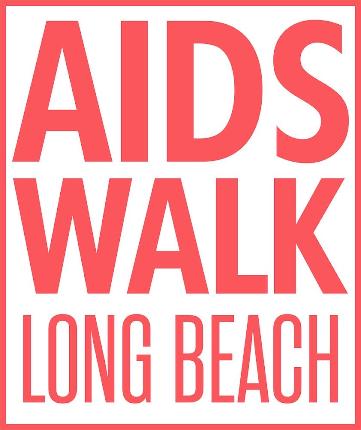While doing some research recently, I came across a government publication called the Top Health Issues for LGBT Populations Information & Resource Kit. Usually, government publications with boring titles are some of the best sources for reliable information – generally, the more boring the title, the better. This one did not disappoint. Of course, the drawback of sources like this is that they tend to be too long to actually read through; unfortunately, this one did not disappoint on that front either: it was 100 pages long!
After reading through it, I decided that some of the information in there was too important not to share. So, I have collected the most interesting and helpful parts of the report. A word of warning though: what I found is a bit discouraging.
That said… without further ado, here is the tl;dr version of the (horribly-titled) Top Health Issues for LGBT Populations Information & Resource Kit.
Cancer
I was slightly surprised by this one. I would not have thought that LGBTQ+ individuals would have that many different risks than the rest of the population, but it turns out that there are some real differences.
Gay men and women are both at higher risk of cancer than the general population, but for different reasons. In women, the major contributors to increased risk are fewer full-term pregnancies and fewer mammograms and/or HPV testing. While there is not much you can do about the pregnancy side of things, it is certainly a good idea to regularly get tested and see your doctor. HologicWomensHealth.com has nearly every test out there, and your doctor can help you decide which one(s) are right for you.
Gay men are sometimes at higher risk for prostate and colon cancer and are at an especially high risk of anal cancer caused by HPV. The best thing to do is just be aware of the increased risks, take precautions, and get tested regularly.
If you are currently battling cancer or know someone who is, CancerCare offers emotional and practical support tailored specifically for the LGBTQ+ community and could be a real help.
Physical Abuse
While all sexual minorities are at higher risk for physical and/or verbal harassment in general, lesbian and bisexual women are much more likely than their heterosexual peers to experience intimate partner violence (IPV).
- 17.5% of heterosexual women report IPV.
- 56.4% of lesbians report IPV.
- 47.4% of bisexual women report IPV.
These statistics are alarming, so it is a good idea to make a real effort to support those around you who might be suffering. It is also important to know that, if you are suffering from IPV, it is not your “fault,” you are not “weird,” and you can lean on your friends and seek a professional to help guide you through what is a very difficult situation.
Mental Health
The world we live in is far from inclusive or socially just, and that can take its toll on our mental health.
- Lesbian and bisexual women are 2.5 times more likely to have had suicidal ideation in the last 12 months than their heterosexual peers. They are also more likely to suffer from depression and/or anxiety.
- Gay men are at least five times more likely than their heterosexual peers to experience body dysmorphic disorder, and, concomitantly, eating disorders.
- Gay men are also more likely to suffer from anxiety, depression, and suicidal ideation; however, the risk is especially high for those who are “in the closet.”
If you are or were ever in the closet, that last point will hardly come as a surprise. If you have friends or loved ones in that boat, this is just one more reminder of how important it is to be as kind, understanding, and supportive as possible.
Substance Abuse
All groups of sexual minorities smoke and drink more than their heterosexual peers. The numbers vary a bit but average around about two times more. Two major factors that influence this statistic are mental health comorbidities and differences in cultural norms. While not as pronounced as their use of alcohol and tobacco, sexual minorities also use other drugs at higher rates than the general population:
- 37.6% reported past-year marijuana use, compared with 16.2% use in the general population.
- 9% reported past-year opioid use, compared with 3.8% use in the general population.
The Takeaway
I have to confess that I got a little bit depressed writing this. On top of everything that is going on, it just does not seem fair to have to read through a list of health issues that I am at higher risk for. But knowledge is power, and hopefully, this summary will help you make plans and decisions about how to best keep up your physical and mental health.























